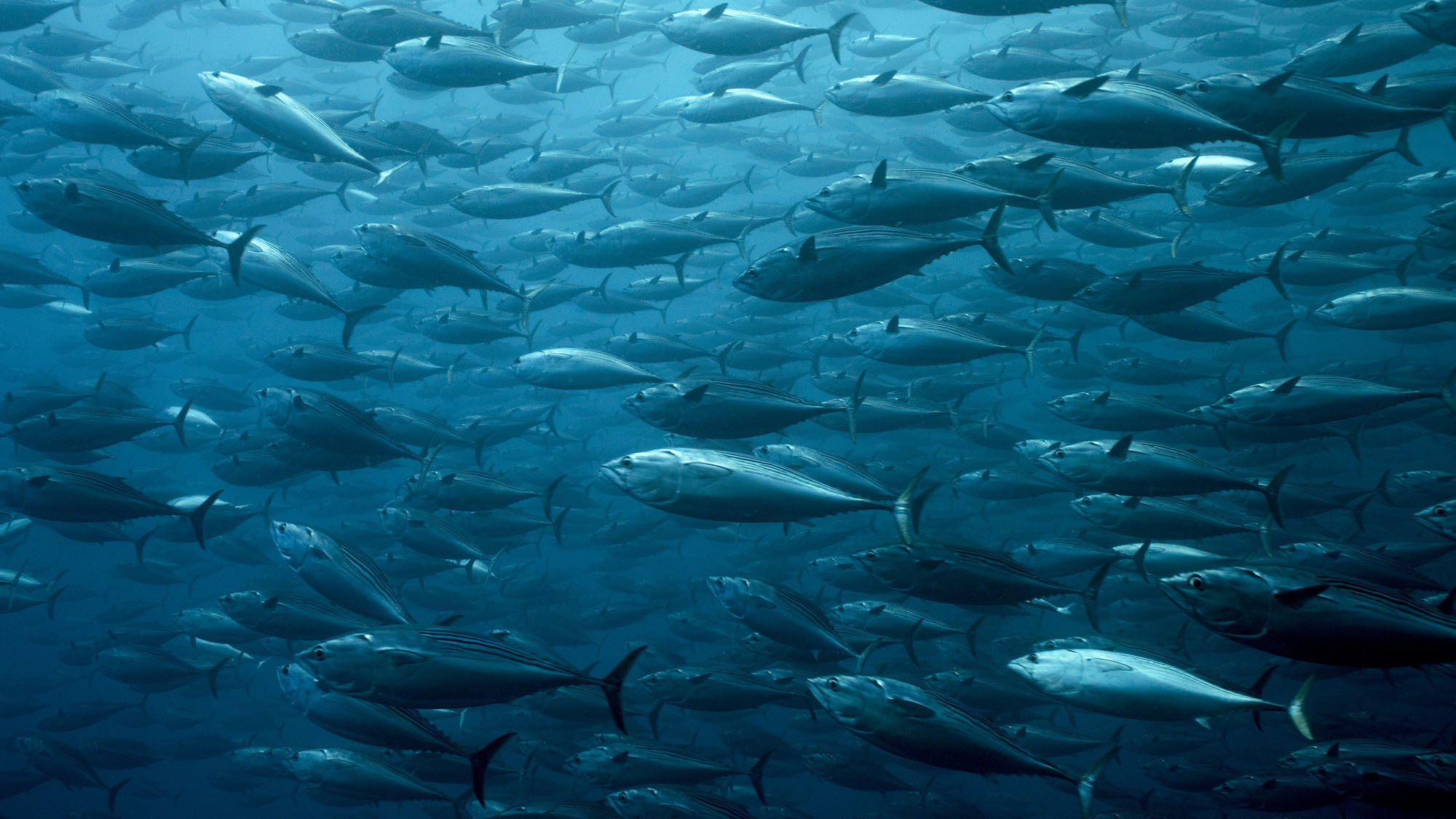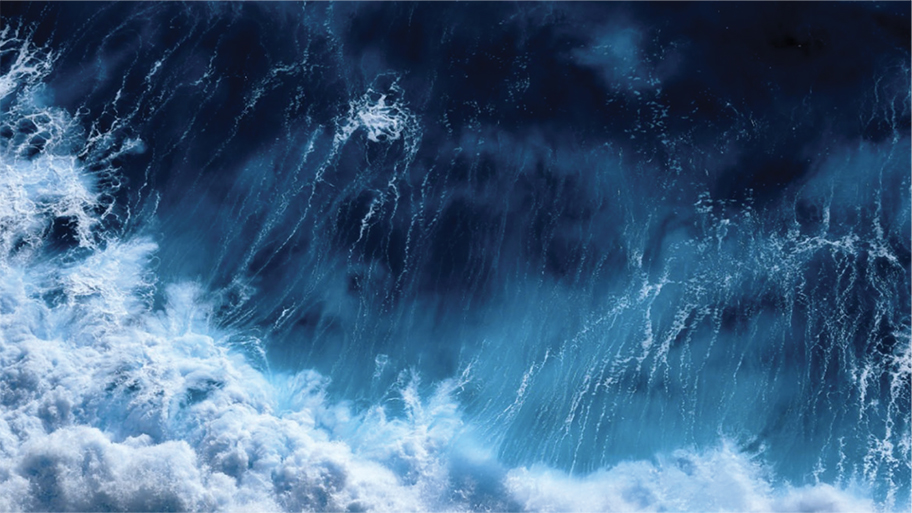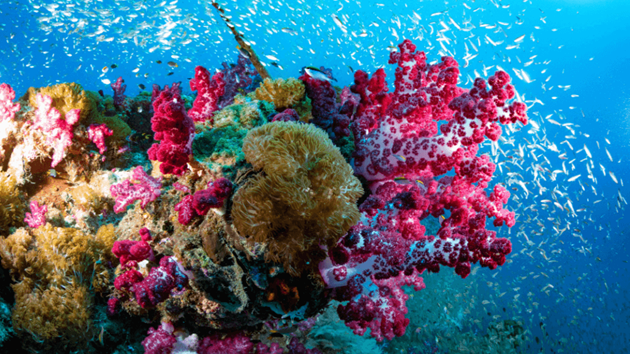The High Seas Treaty has been ratified, which means the high seas and its marine life and resources are about to be better protected
What are the high seas?
The high seas are areas of the ocean that no country controls. Most countries have exclusive rights to the ocean off their coast for about 200 miles. Water and resources beyond those boundaries are considered part of the high seas, which account for more than 50% of our planet.
The high seas help regulate our climate and provide a home to a wide range of marine life. Protecting them means we are protecting marine resources and ensuring a healthy ocean for future generations.
What is the High Seas Treaty?
The High Seas Treaty is a global agreement to protect marine life and resources in international waters where no country has control. It helps manage these open resources to make sure they are used carefully and fairly for the health of the ocean and all those who rely on it.
"After almost two decades of negotiations, the ratification of the High Seas Treaty by 60 countries is a significant step forward to strengthen international protection of our ocean,” MSC CEO Rupert Howes said. “At the Treaty’s heart is the conservation and sustainable use of marine biological diversity – a goal the MSC supports, and which is central to sustainable fishing.”

What does this mean for fisheries?
“MSC certified fisheries – including those catching commercially and ecologically iconic species like tuna on the high seas – demonstrate that it is possible for international fisheries to meet the highest bar for sustainability, with effective international management, science, and monitoring is in place,” said Howes.
Ratifying the High Seas Treaty will support sustainable fishing practices and encourage governments, fisheries, and scientists to work together to protect the ocean.
As the treaty enters into force, we will gain more oversight into previously unregulated areas, especially those known to be vulnerable to overfishing, allowing for more transparency and collaboration. We will also get detailed Environmental Impact Assessments for any new activities taking place in the high seas and analyze their effect on marine life and the surrounding ecosystem.
The treaty will also establish High Seas Marine Protected Areas that will protect marine life from harm by setting more regulations.
Looking ahead
The ratification of the High Seas Treaty is an important step toward protecting our ocean. By creating stronger safeguards, fostering collaboration, and ensuring accountability, countries can help keep marine life safe while supporting sustainable fishing. With more supervision and new protected areas, the treaty will make sure these waters are managed responsibly. This means a healthier ocean for wildlife today and for people who depend on it in the future.

Support a sustainable ocean!
Join us every month as we share successes from sustainable fisheries around the world.
* This field is required



